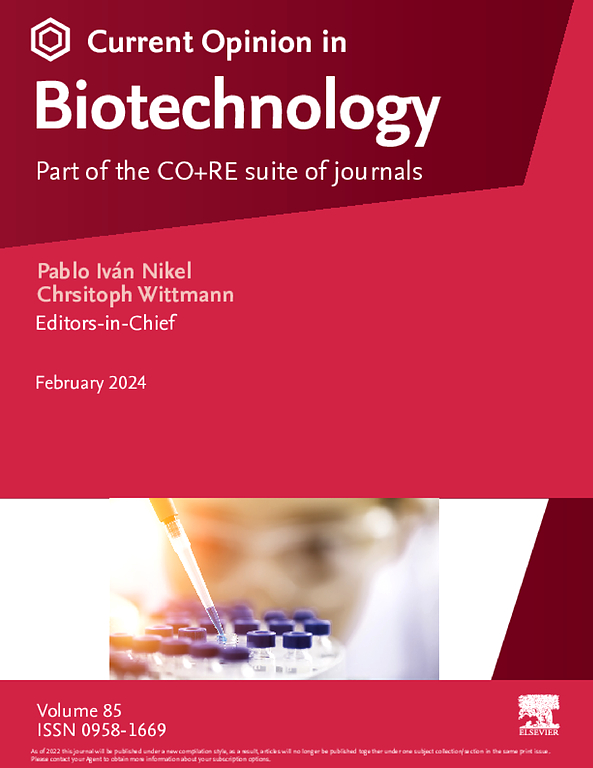Exploring interactions in microbial communities
IF 7
2区 工程技术
Q1 BIOCHEMICAL RESEARCH METHODS
引用次数: 0
Abstract
Most microbial ecosystems cannot be understood without quantifying ecological interactions between their member species. Given the challenges of comprehensively resolving interactions experimentally, a range of prediction methods was developed. Here, we review genome-based prediction methods in particular and discuss their strengths and weaknesses. We then cover different experimental designs to explore microbial interactions and introduce methods to infer interaction signs and strengths from experimental data. Despite the range of available methods to study microbial interactions in silico and in vitro, interactions in a spatial context are still underexplored, and we lack comprehensive interaction databases, which are important gaps to fill in the future.
探索微生物群落的相互作用
大多数微生物生态系统,如果不量化其成员物种之间的生态相互作用,就无法理解。考虑到在实验中全面解决相互作用的挑战,开发了一系列预测方法。在这里,我们特别回顾了基于基因组的预测方法,并讨论了它们的优缺点。然后,我们介绍了不同的实验设计来探索微生物相互作用,并介绍了从实验数据推断相互作用标志和强度的方法。尽管研究微生物相互作用的方法有很多,但在空间背景下的相互作用仍未得到充分的探索,而且我们缺乏全面的相互作用数据库,这是未来需要填补的重要空白。
本文章由计算机程序翻译,如有差异,请以英文原文为准。
求助全文
约1分钟内获得全文
求助全文
来源期刊

Current opinion in biotechnology
工程技术-生化研究方法
CiteScore
16.20
自引率
2.60%
发文量
226
审稿时长
4-8 weeks
期刊介绍:
Current Opinion in Biotechnology (COBIOT) is renowned for publishing authoritative, comprehensive, and systematic reviews. By offering clear and readable syntheses of current advances in biotechnology, COBIOT assists specialists in staying updated on the latest developments in the field. Expert authors annotate the most noteworthy papers from the vast array of information available today, providing readers with valuable insights and saving them time.
As part of the Current Opinion and Research (CO+RE) suite of journals, COBIOT is accompanied by the open-access primary research journal, Current Research in Biotechnology (CRBIOT). Leveraging the editorial excellence, high impact, and global reach of the Current Opinion legacy, CO+RE journals ensure they are widely read resources integral to scientists' workflows.
COBIOT is organized into themed sections, each reviewed once a year. These themes cover various areas of biotechnology, including analytical biotechnology, plant biotechnology, food biotechnology, energy biotechnology, environmental biotechnology, systems biology, nanobiotechnology, tissue, cell, and pathway engineering, chemical biotechnology, and pharmaceutical biotechnology.
 求助内容:
求助内容: 应助结果提醒方式:
应助结果提醒方式:


